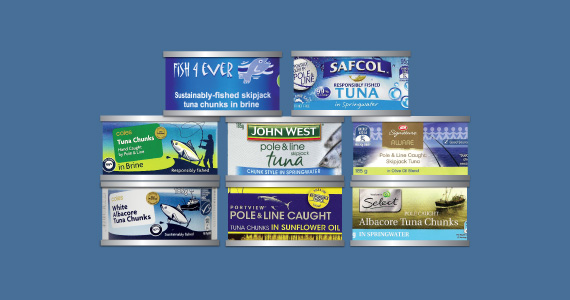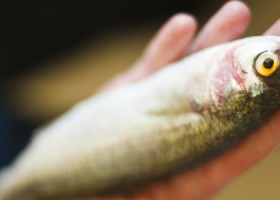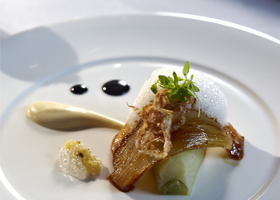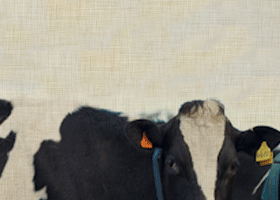Opening the can on tuna
Making better decisions in the tuna isle need not be a hair tearing experience, so long as you have the right tools at your disposal.
Greenpeace Australia have put together their Canned Tuna Guide 2012 to provide you with those very tools. First launched in 2009, the guide ranks Australia’s most common canned tuna brands in ‘good’, ‘must improve’ and ‘bad’ rankings, based on criteria such as brand sustainability policy, fishing methods, species used and transparency in labelling. Available directly from their website and downloadable as an iPhone app, the guide is easily accessible for your next shopping trip. You can even print off a tuna ranking poster for your fridge or office noticeboard.
Why do we need the guide?
Most tuna sold in Australia is still caught using destructive fishing methods, which obliterate tuna stocks and kill other marine life. This has got to stop if we are to restore the health of our oceans. Greenpeace advocates for tuna brands to refuse to sell tuna species most at risk and use their power to support vital marine reserves.
Things to remember
- Buy pole and line caught tuna when available. Greenpeace reveal that most tuna is caught using purse seine nets with fish aggregation devices – a method which is responsible for high levels of bycatch such sharks, juvenile tuna from threatened species and other marine life. Pole and lie fishing is a less wasteful solution with rescued bycatch, making it a better alternative.
- Stay away from at-risk tuna species like Yellowfin Tuna.
- “Fish 4 Ever” take out the number 1 position on the Greenpeace Canned Tuna ranking, with 70% of their products being Marine Stewardship Council certified. See First Ray and IGA online to find your local stockist.
- More sustainable tuna options are now available in nearly all Australian supermarkets. Use the Greenpeace guide and check the label to start making better decisions today
For more information on tuna fishing in Australia and the move to more sustainable practices, see Greenpeace’s Changing Tuna.






